Interview with Sue Lichty: Conservationist, Photographer, Hiker, Lady of the Lempster Hills5/6/2021
MOUNTAIN PEOPLE: How long have you been living in western New Hampshire and how did you become involved with land conservation there? SUE: I've been living in Lempster since 2005. Born in Massachusetts, I grew up in Center Barnstead New Hampshire where my grandparents lived. My father was in the Air Force, stationed at two bases in Massachusetts and then at Pease AFB in Portsmouth, NH. We spent summers and school vacations in Center Barnstead. From 1967 to 69 we lived on Okinawa and then moved back to New Hampshire until my father retired. My first husband joined the Air Force too and we moved away, New York state, Iceland, Washington state, and then to northern California. I developed a love of the forests and mountains of the Sierras, where I backpacked and hiked often. I was gone for 23 years but homesick for New Hampshire all those years, so I moved back in 2002, and then to Lempster in 2005. I knew little about land conservation and conservation commissions, but joined the Lempster Conservation Commission around 2008 and soon after the Cold River Local Advisory Committee. MOUNTAIN PEOPLE: After having spent time in all those places, you chose to return to the northeast, to New Hampshire, to live. What was it about New Hampshire that made you want to return? Were you familiar with that part of New Hampshire before you moved there? SUE: I wanted to return to New Hampshire because it was 'home', a place I felt safe, and after living in a very populated area in California for so long, I needed some 'remoteness' and familiar wildness and forests. I was not familiar with Lempster at all, but was familiar with Claremont, as I lived there for a year, while I attended the Vocational Technical College there. I chose Lempster because housing was affordable and it felt somewhat remote [from development]. MOUNTAIN PEOPLE: You have some great photography of the flora and fauna of New Hampshire. Did you find that the photography helped cement your familiarity with place? Or is the photography an extension of that familiarity? What motivates your photography and what are some of your favorite things to photograph? SUE: I've always had a knack for seeing things that others don't see. . . it makes me happy to share my photos with those who can't get out like they (maybe) used to. It gives me a good feeling to share my forest journeys and I like to re-live my hikes via my photos. There is so much beauty out there and I love capturing it! Hard to pick a favorite to photograph but I love the mushrooms, lichen, mosses and especially the tamaracks! MOUNTAIN PEOPLE: Your hiking objectives have changed over the years because of your struggle with Sjogrens Syndrome. Can you tell us more about that? SUE: When I lived in California, I used to backpack, it wasn't necessarily high elevation mountains, but it was fairly strenuous terrain for long distances. I pushed through the pain because it was an activity that I enjoyed with my deputy sheriff husband. His stress reliever was to backpack and get away from people. I loved the wildflowers and beauty and he did all the work when we got to camp. I also knew that I would not be able to do it forever, due to back issues and fatigue associated with my autoimmune disease. What I do here in New Hampshire is whatever I physically can, which somedays isn't much. But I have noticed that once I get going, past the exhaustion, I get distracted with enjoying and photographing beautiful things and I forget the feelings at the start of the hike and I keep going and going and don't want to stop. . . when I start tripping due to being tired and not lifting my feet, I usually begin my journey back to where I started. It's a mind over matter thing.
SUE: The core motivator is depression, which I have struggled with all of my life. What hiking provides is a distraction, it basically keeps me going. I fear [not being able to] continue being as active as I am now. My current situation of living in an unfinished new home doesn't provide much joy. So I escape to the woods for a fix of happy, mindless enjoyment. . .and it always helps. Sjogrens Syndrome comes in the form of extreme fatigue with intermittent pain. I have fibromyalgia too, which I hardly ever have symptoms of lately. I feel my level of activity helps with that, too. MOUNTAIN PEOPLE: Tell me something about your conservation work. What is your proudest conservation accomplishment? Tell me why it is special. SUE: The high point has been the protecting of the Long Pond Town Forest, which was a goal of the conservation commission when I joined. We accomplished that in 2018, protecting 640 acres. Also the Ashuelot River Headwaters Forest (1,850 acres) completed in 2010. After reading about that project, before I’d even heard of the Forest Society [the town’s partner in the conservation project], I became a Land Steward for the property and helped spread the good word about it. MOUNTAIN PEOPLE: When people think of "conservation" they often think about the national parks and national forests, and sometimes state parks where the focus is often on big, dramatic conservation. By contrast, what do you think is important about "conserving local"? SUE: When you’ve lived in many highly populated areas of the world, and [then] move to a rural town, you realize just how important conserving land is! And when you do move back to New Hampshire after 23 years like I did, (and find that you can't build a house in your childhood home town due to overdevelopment), you realize that maybe when you do find that special 'wild' place, you better make it a priority or else. MOUNTAIN PEOPLE: What hiking advice or insight would you offer to people who are struggling with disability, illness or injury? SUE: My advice, for those with a disability would be to find that one or more activity that you can comfortably do and do it. Set some goals and push forward, but if you are unable to perform them, don't be hard on yourself! MOUNTAIN PEOPLE: Anything final thoughts or ideas you would like to leave us with about conservation or hiking? SUE: I feel it should be a priority for conservation organizations to make a portion of their trails wheelchair compliant. How unfair is it that the handicapped can't access and enjoy the outdoors [and] forested areas? Below: Gallery of Sue's photography. Photo credits: Sue Lichty
4 Comments
Sue Lichty
5/8/2021 01:10:21 pm
I'm honored to be featured!
Reply
Sabra Lichty
5/8/2021 07:10:55 pm
Way to go Sister
Reply
Holly Flanders
5/9/2021 02:18:29 am
Great article! I love all your pictures.
Reply
Lyn
5/9/2021 08:11:27 am
Terrific article!
Reply
Leave a Reply. |
TOPICS
All
Humor (The Parsnip)

|
Proudly powered by Weebly
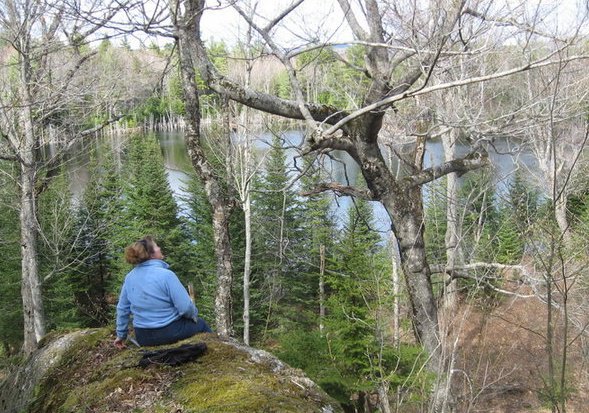
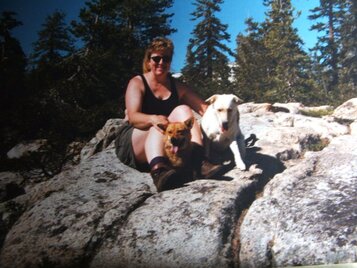
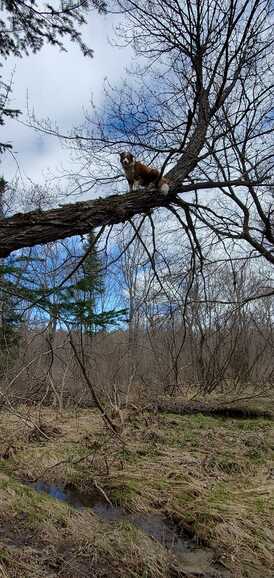
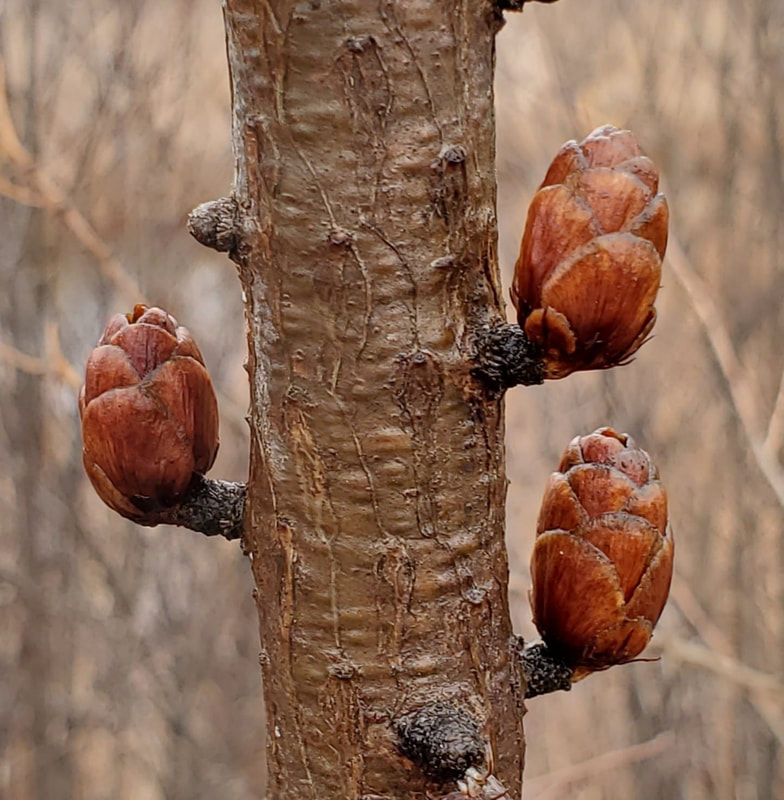
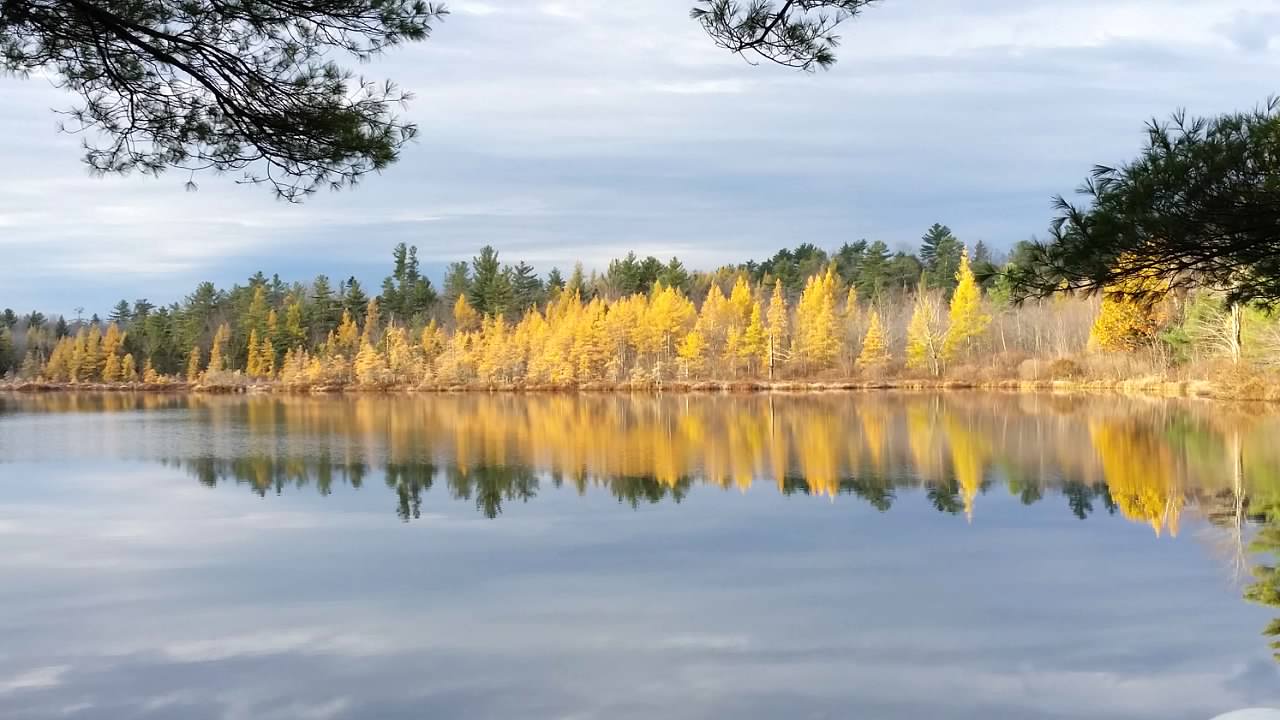
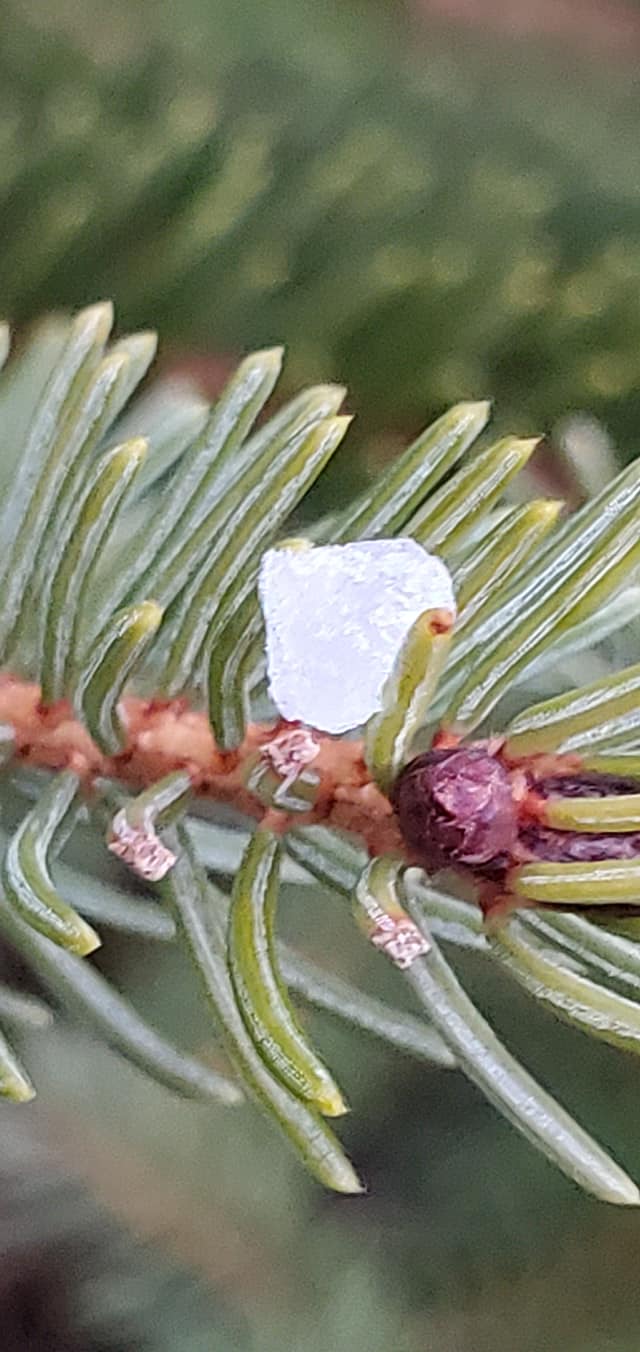
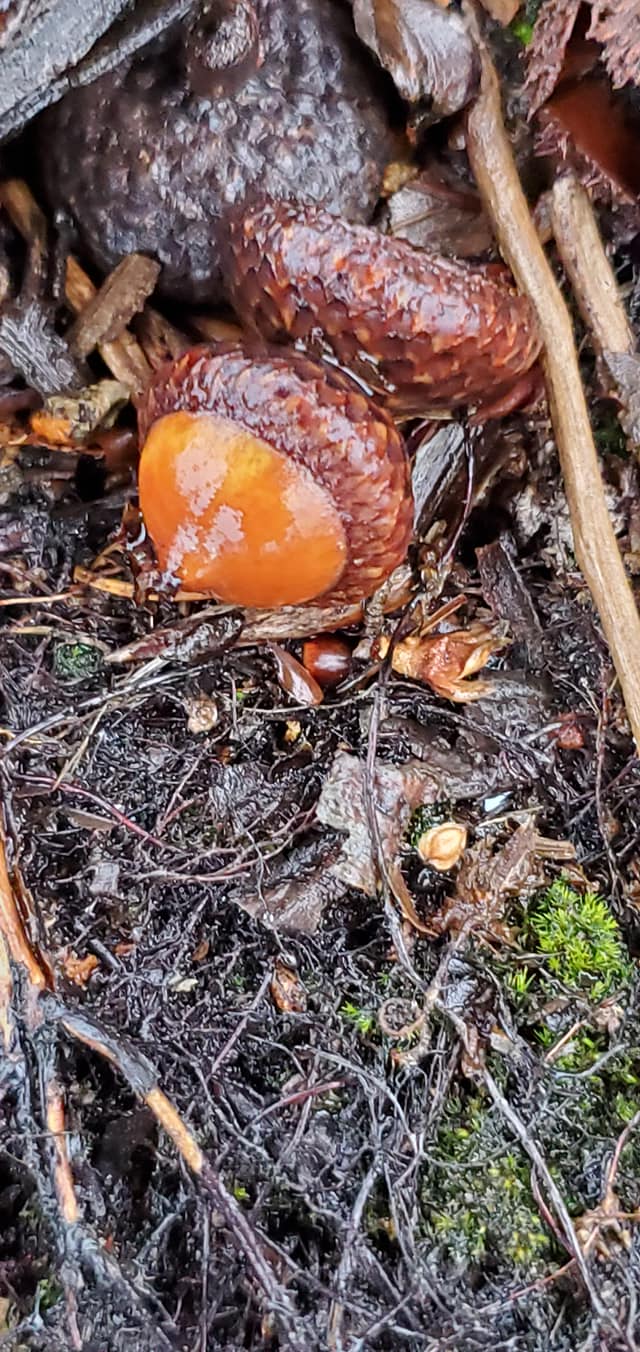
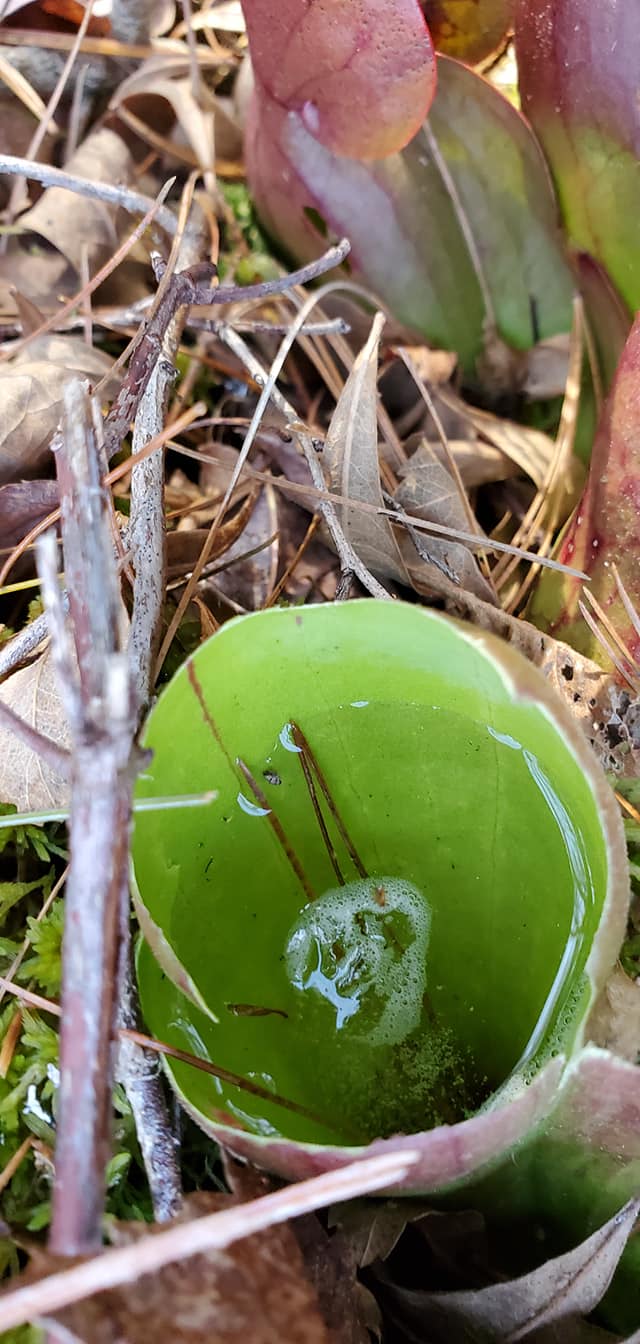
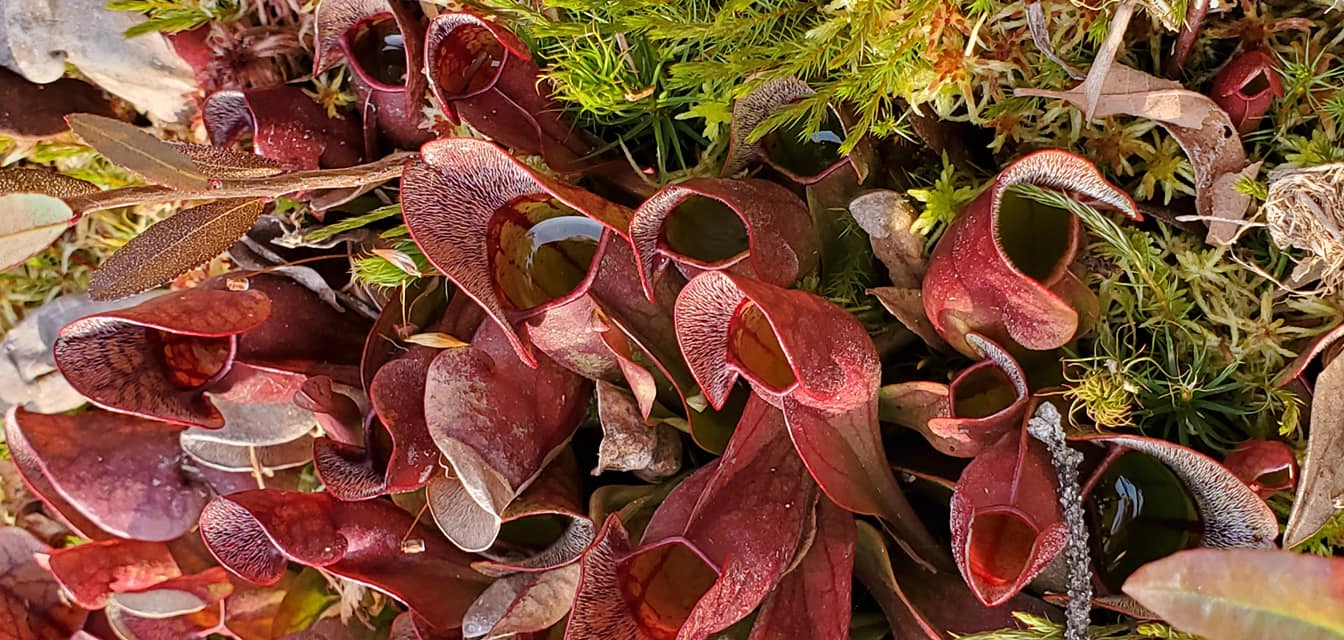
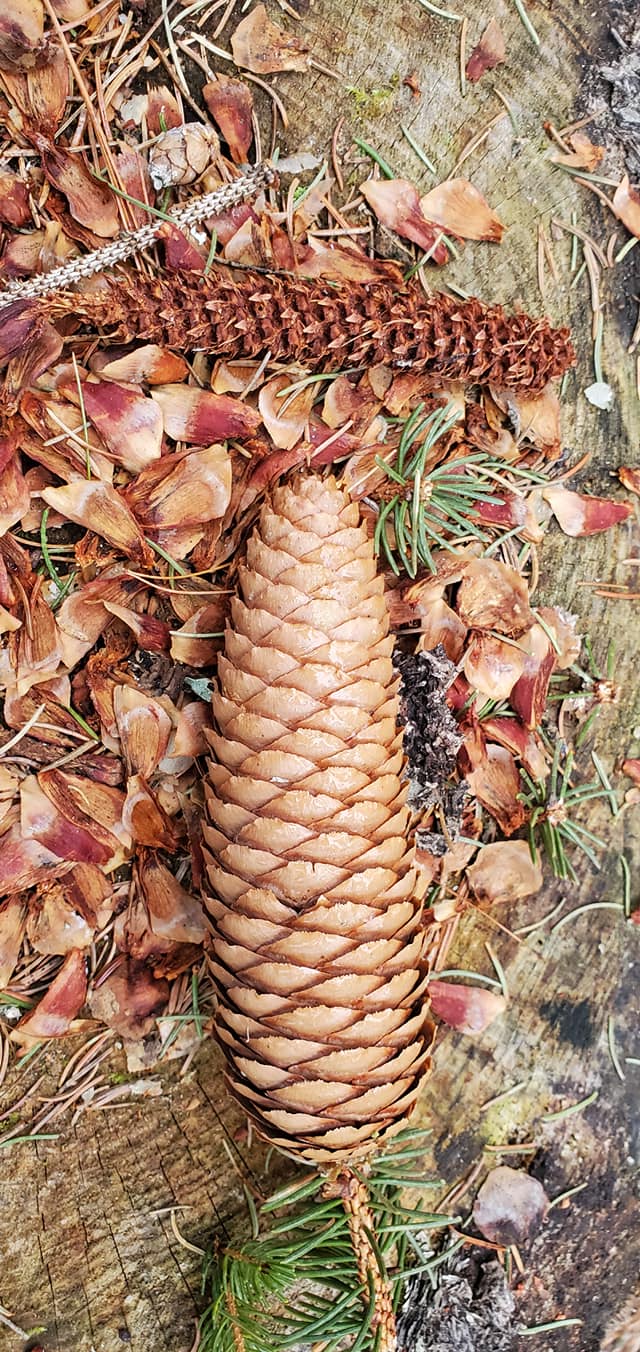
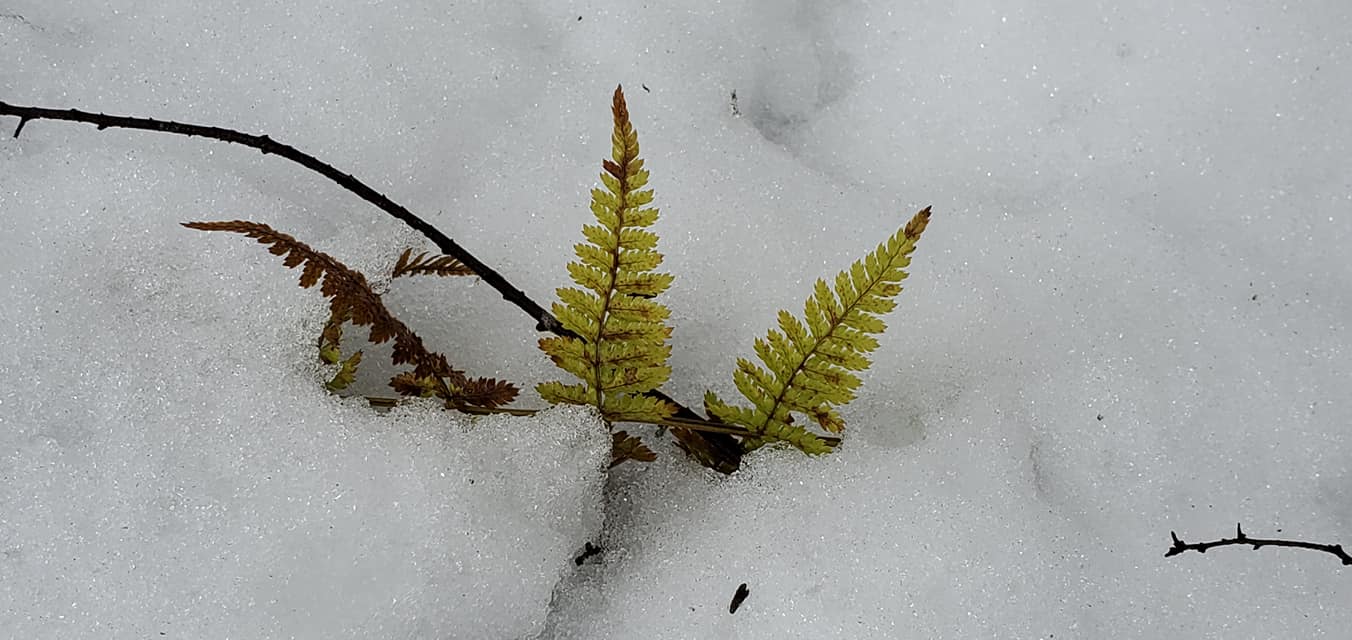
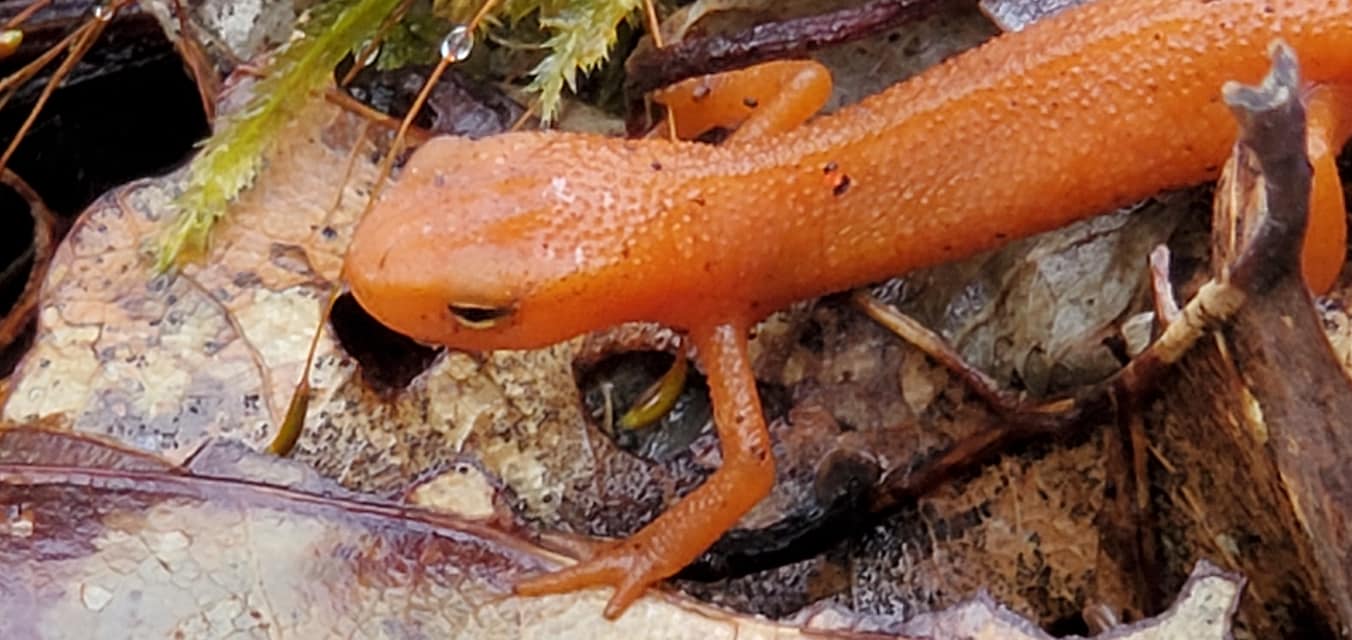
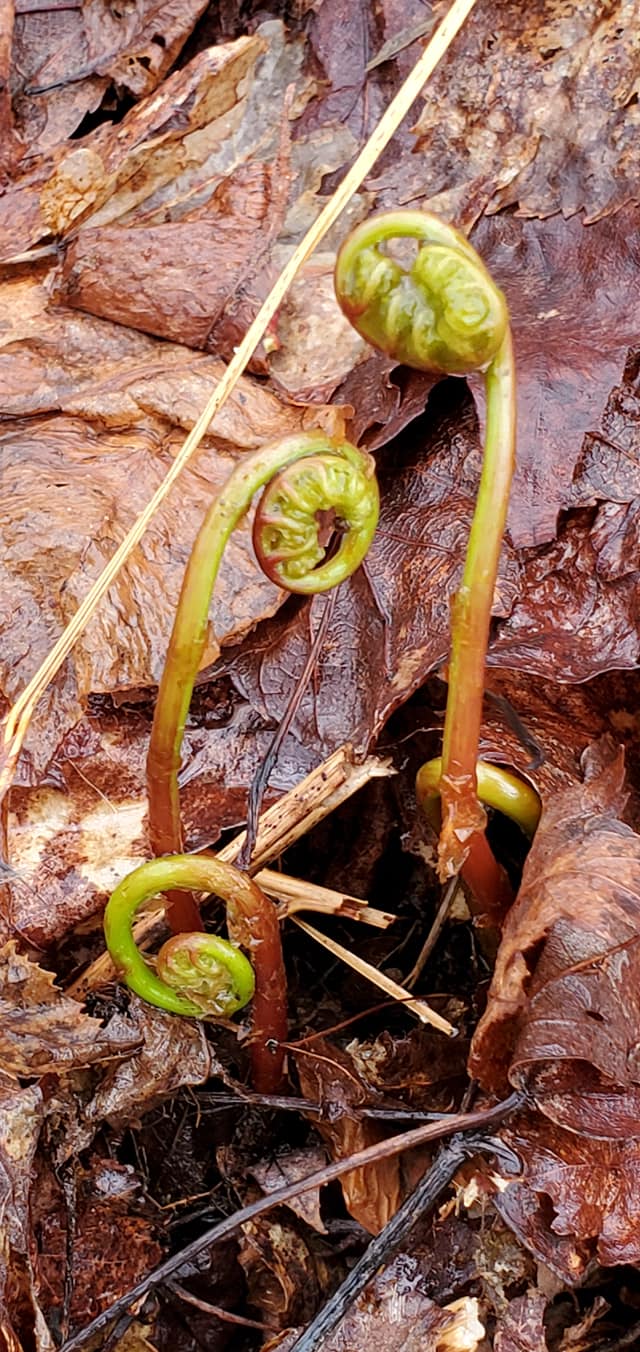
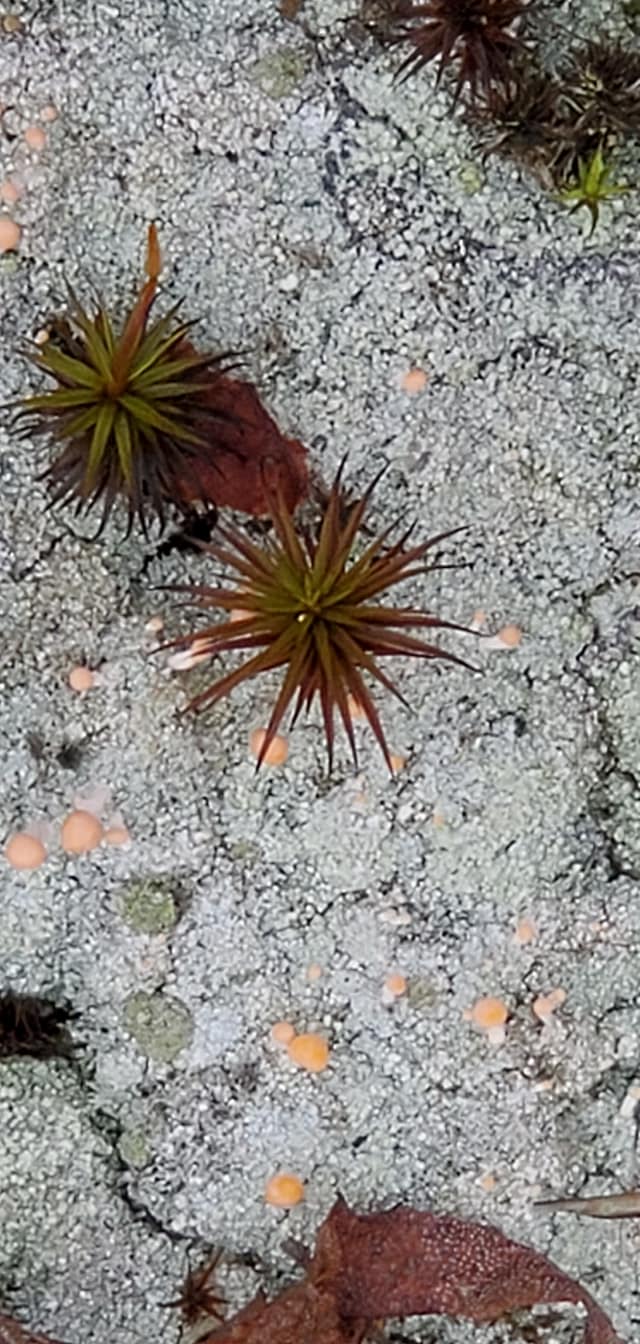
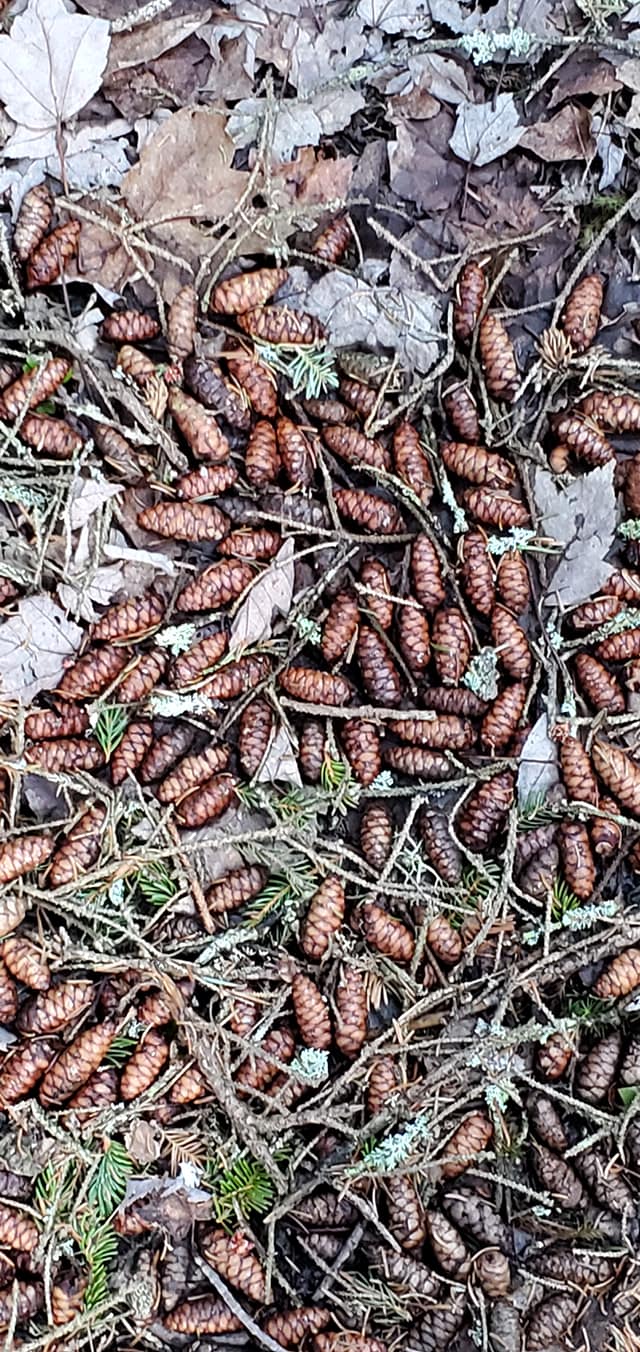
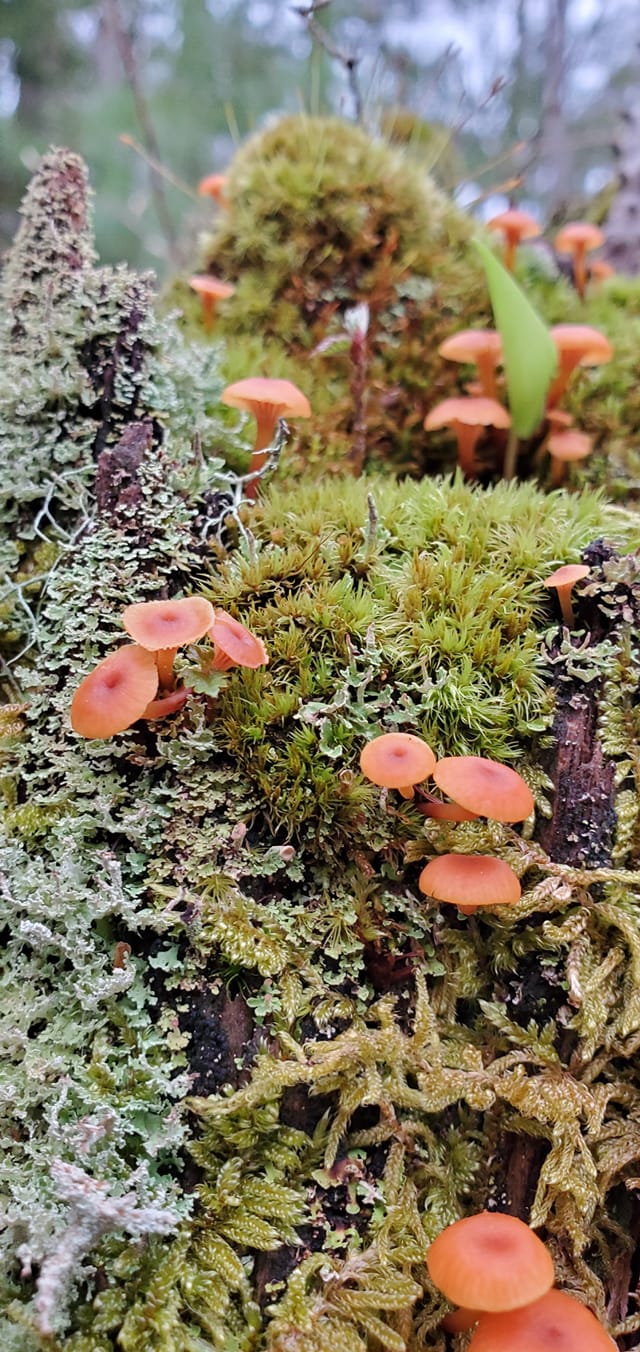
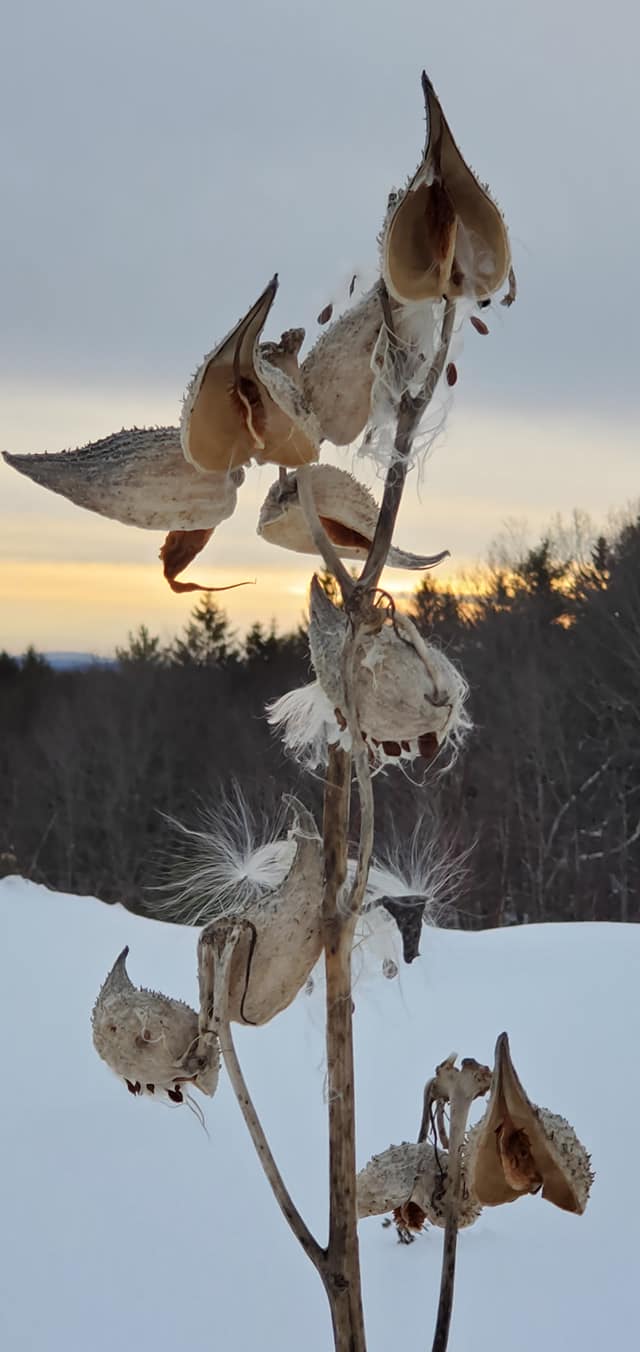
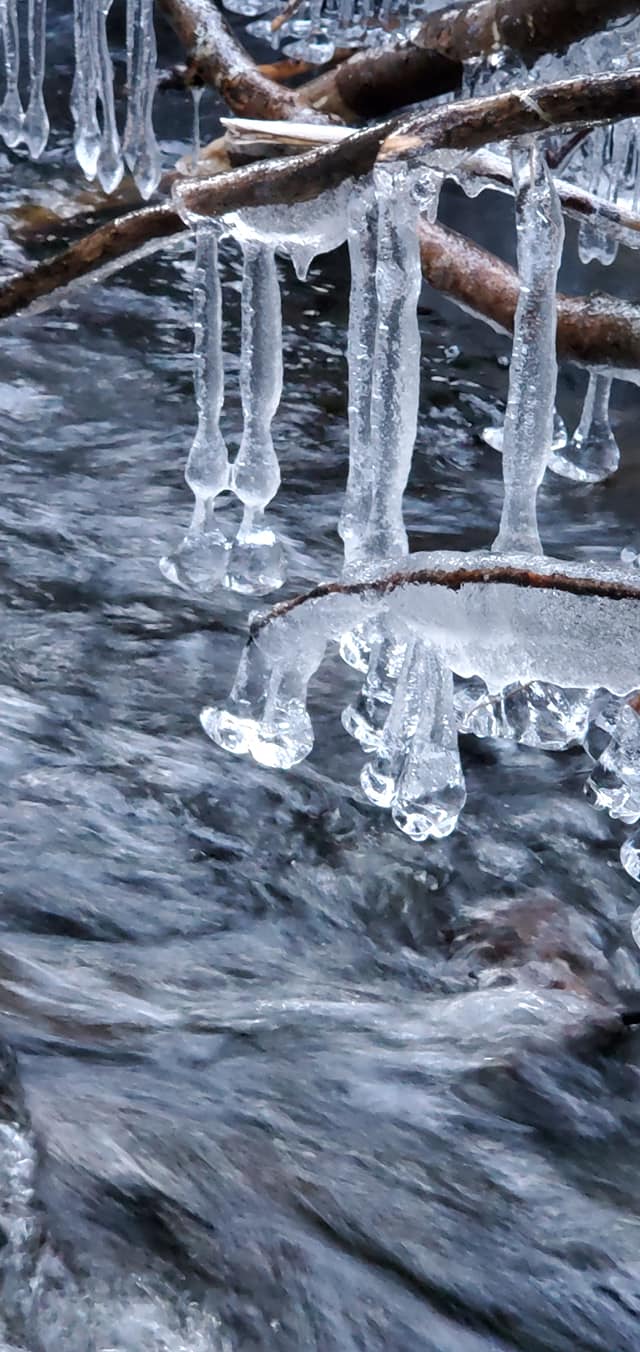
 RSS Feed
RSS Feed
